German Rural Police Officer's Service Tunic
SKU: 52.GOR.02.01.01.02.003
Estimated market value:
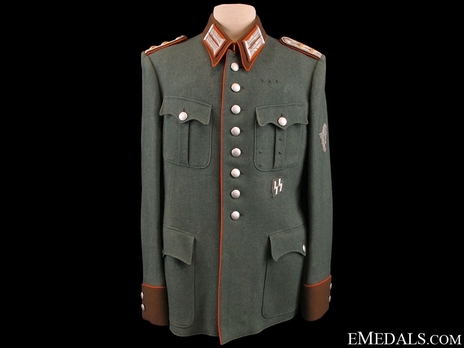
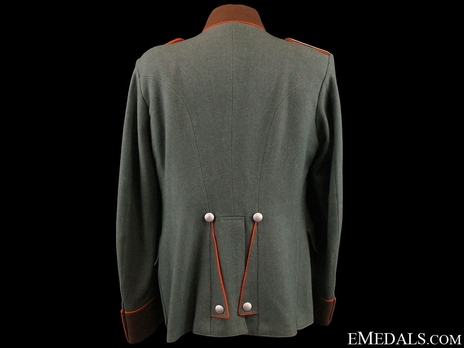
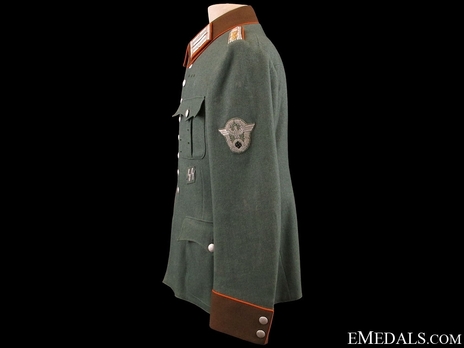
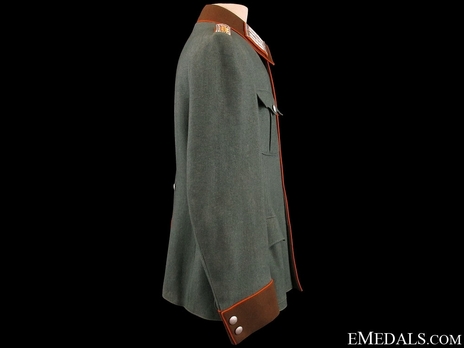
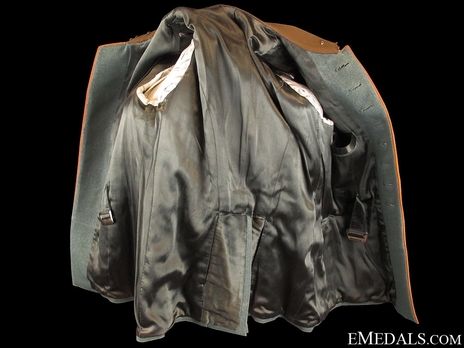
Estimated market value:
Attributes
History
During the Third Reich, an effort was made to unite all of Germany’s disparate provincial police forces and agencies into a single cohesive national unit. To attain this goal, Reichsführer-SS Heinrich Himmler was named Chief of the German Police in the Ministry of the Interior in June 1936. That same month, Himmler implemented new standardized uniforms, headgear, and insignia. The uniforms worn prior to Himmler’s appointment were often navy blue, particularly in what had been Prussia. The new uniforms were green, in a shade that was then dubbed “Police green”.
The German Police were divided into two main units, the Ordnungspolizei (Orps or Regular Police) and the Sicherheitspolizei (Secret Police); the Ordnungspolizei were unofficially called the green police (Grüne Polizei) as a result of their uniform colour. The Sicherheitspolizei were made up of two main organizations, the Gestapo and the Kriminalpolizei (Criminal Investigation Police). At the beginning of the Second World War, the Sicherheitspolizei were brought under the auspices of the Reich Main Security Office.
The Ordnungspolizei was also divided into smaller branches of service, and each branch was associated with a branch of service/troop colour (Truppenfarbe). The troop colours include:
Schutzpolizei des Reichs (National Protection Police): Green
Schutzpolizei der Gemeinden (Municipal Police) pre-1942: Red
Schutzpolizei der Gemeinden (Municipal Police) post-1942: Green
Gendarmerie (Gendarmes/Rural Police): Orange
Verwaltungspolizei (Administrative Personnel) pre-1942: Red over grey
Verwaltungspolizei (Administrative Personnel) post-1942: Light grey
Feuerschutzpolizei (Fire Protection Police): Carmine
Wasserschutzpolizei (Water Protection Police): Yellow
The uniform garments worn by members of the Wasserschutzpolizei (Water Protection Police) and the Feuerschutzpolizei (Fire Protection Police) remained blue after the 1936 uniform redesign.
The service tunics were worn by all ranks of German police personnel.
The buttons are silver-coloured (aluminum) and pebbled, with the exception of General ranks who wore gold-coloured buttons. There are generally eight buttons on the front closure (Generals only had six), two buttons on each sleeve cuff, and one button closing each pocket. There may also be four decorative buttons on the tunic's reverse vent. The vent is also lined in Truppenfarbe piping.
There are four exterior pockets in total on the tunic, with two at breast level and two at hip level. The pockets are generally “patch” pockets with scalloped flaps closed by one button each.
The collar and sleeve cuffs have an additional layer of brown wool, and for Officers and Non-Commissioned Officers/Enlisted Men (NCOs/EMs) they are lined in Truppenfarbe piping, same as the seam of the front closure.
The tunic may be lined with rayon, cotton, artificial silk, or silk, depending on the wearer's rank, as well as whether the tunic was manufactured privately. There are often interior pockets cut into the tunic's lining, and a manufacturer's label is often ink stamped or sewn onto tunic lining.
The insignia featured on these tunics include collar tabs, shoulder boards, and a sleeve eagle. See the relevant Insignia sections for more information.

Versions
$1,800 USD
Piping: orange


Comments
Sign in to comment and reply.


Scroll Top